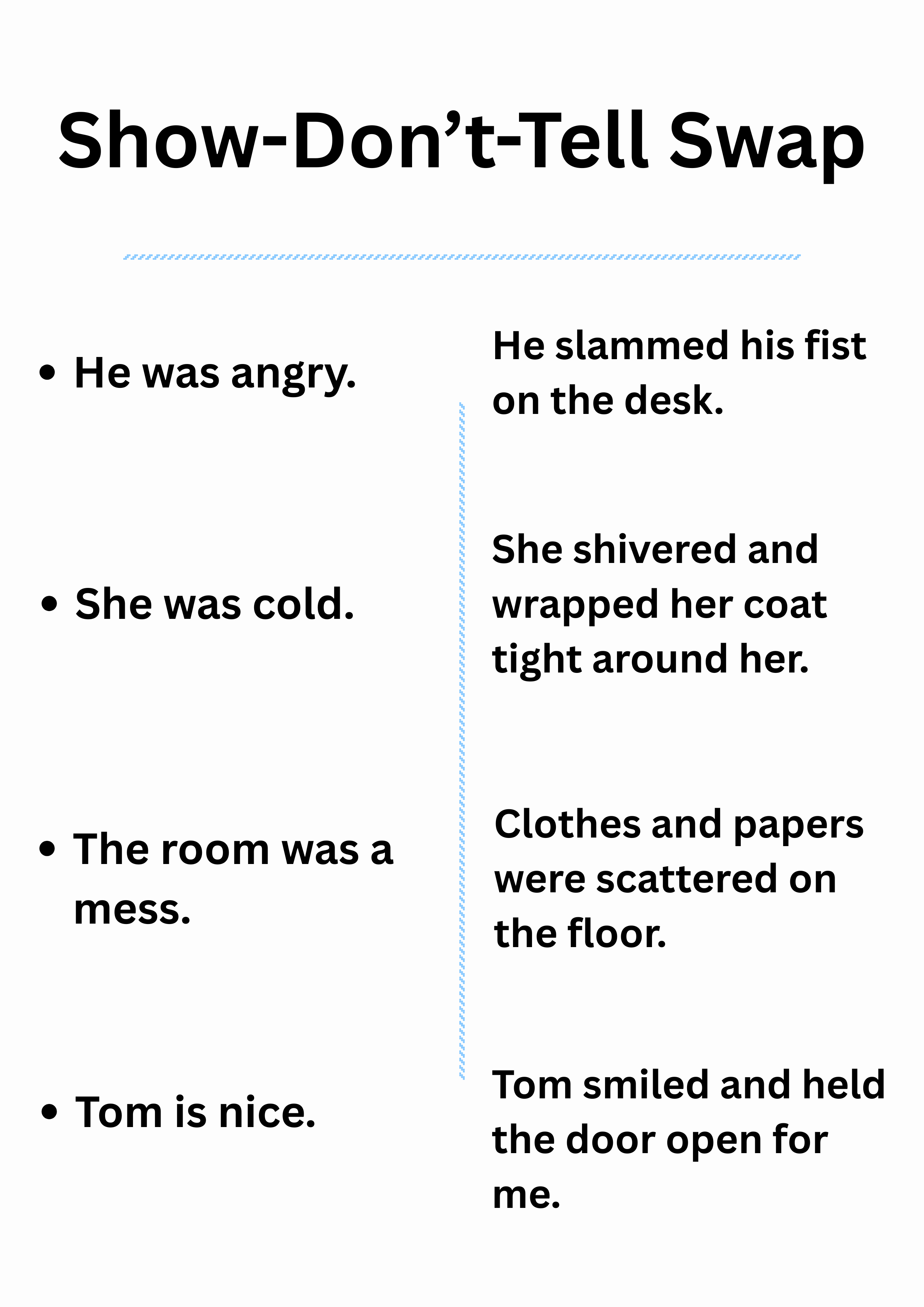Introduction to Writing a Narrative Essay (Step-by-Step)
A great narrative essay pulls readers into a moment and makes them feel it. Unlike analytical or argumentative writing, a narrative focuses on a story. This could be real or imagined, told with purposeful detail, vivid description, and a clear takeaway.
This can be especially useful for school assessments, IELTS tasks, or university writing, where mastering narrative technique helps you show, not tell, and craft memorable work.
In this lesson we have prepared, we'll guide you through how to plan, structure, and polish a narrative essay. We’ll then explore story architecture, character, setting, point of view, tense choice, and powerful language devices, then finishing with a Band 7+ sample narrative essay you can model. Not sure about a word in this lesson? Use our free dictionary, or check the Glossary at the end.
Use our Dictionary
Don't know a word? Use our fun, free dictionary! Enter a word and you will see the meaning, pronunciation with an audio example, example sentence, and (hopefully) a great image to match!
Try for freeWhat is a narrative essay?
A narrative essay is a story with a point. It presents an experience (true or fictional) to showcase an idea, often ending with a subtle reflection. It can be first person (“I”), third person (“he/she/they”), or a blend, but it should always lead the reader through a sequence of events towards insight and discovery.
Key aims
- Immerse the reader in a scene
- Reveal character through action, dialogue, and detail
- Build towards a turning point and a resolution
- Offer a meaningful reflection or implication
Structure That Works (and Why)
Classic story arc (adaptable to 5–7 paragraphs)
- Orientation (set-up)
Who, where, when. Establish the viewpoint, tone, and central desire or tension. - Rising action
A sequence of events increasing pressure or stakes; vary pace and include sensory detail. - Climax (turning point)
The decision or event that changes everything. - Falling action
Short aftermath showing consequences. - Resolution + reflection
Close the loop; show what was learnt or how perspective shifted.
Tip: For timed exams, aim for one scene with a brief flashback rather than multiple time jumps.
Suggested paragraph plan (exam-friendly)
- P1: Hook and setting (orientation)
- P2–P3: Rising action (complication)
- P4: Climax
- P5: Resolution
- P6: Short reflection (theme)
Planning That Saves Time
Pre-writing checklist
- Prompt focus: What core idea or theme do you want to show (e.g., courage, belonging, regret)?
- Perspective: First person for immediacy; third person for distance or irony.
- Tense: Past tense feels natural; present tense adds urgency. Pick one and stay consistent.
- Setting palette: 3–5 concrete details (e.g., fluorescents humming, rain lifting dust, ticket barrier beeping).
- Character goal: What does the protagonist want? What blocks them?
- Turning point: Where does the decision or revelation occur?
- Final line: Draft it early — a resonant closing focuses the whole narrative.
Writing Techniques that Lift Your Grade
Show, Don’t Tell (with micro-skills)
- Concrete nouns & strong verbs: steam hissed, trainers skidded, the latch clicked.
- Specificity over adjectives: a chipped blue mug beats a nice mug.
- Selective sensory detail: Sight + sound + one tactile or olfactory note.
- Figurative language (sparingly): a metaphor that fits the voice; avoid mixed metaphors.
- Rhythm control: Short sentences for tension, longer for reflection.
Dialogue that earns its place
- Use speech to reveal character or push the scene forward.
- Keep tags light: she said, I asked.
- Break long speeches; each new speaker gets a new line.
- Punctuate inside the quotes: “I can’t,” she whispered.
Narrative voice and viewpoint
- Consistent pronouns and tense throughout.
- Voice should match age, context, and mood.
- Internal thoughts can be italicised or integrated: I should have turned back.
Pacing and paragraphing
- Slow down for key beats (micro-movements, internal thought).
- Speed up with summary between scenes.
- Use one idea per paragraph; let white space breathe.

Band 7+ Sample Narrative Essay (≈ 380 words)
Prompt: Write about a moment when you realised something important.
The train doors breathed open and spilled a wedge of cold air along the platform. I hesitated by the yellow line, my phone buzzing with messages I wasn’t ready to read. Above me, the announcement blurred into static; below, the rails ticked as if cooling after an argument. Mum would be pacing by the kitchen window, counting headlamps on the road and deciding which belonged to me.
I told myself I’d explain everything once I got home: the late forms, the interview I didn’t attend, the quiet decision I’d taken to step sideways instead of up. The future had always been described as a ladder; lately, it looked more like a web, silvered and delicate, leading in several directions at once. The trouble with webs is that they also catch you.
A boy on the platform practised kick-ups with an orange the colour of traffic cones. Each bounce smudged a brighter patch on the fruit; each drop made him grin. His mum, arms crossed, pretended not to watch. When the orange finally burst, the boy’s laugh sailed down the carriage and turned a few heads. He looked at the mess, then at his mum, and shrugged. She shook her head, smiling, and handed him a napkin from her pocket as if she had expected this the whole time.
I stepped into the nearest carriage. In the window’s reflection, I looked like someone rehearsing a confession. The train slid past graffiti-stitched walls and back gardens arranged like unfinished sentences. I thought of my interview suit still zipped in its plastic, the way I’d stood in the kitchen doorway that morning and nearly said, I’m not sure this is mine to want.
Somewhere after the tunnel, a girl offered her seat to an older man, and he refused twice before finally accepting. “Go on,” she said, “it’s not a defeat.” He laughed, settled, and closed his eyes as if sinking into a warm bath.
The rails began to thrum louder as we neared home. I typed the first honest message I’d sent in weeks: I’m on the 18:12. I need to tell you something, and I think it might be good. When I hit send, the knot loosened. Outside, the town gathered itself into street lamps and front doors. The train braked, gentle as a hand on a shoulder.
Quick Editing Checklist
- One central moment or decision
- Consistent tense and viewpoint
- Sensory detail in key scenes
- Dialogue that advances story/character
- Clear climax and earned resolution
- Final line that resonates with the theme
Conclusion
A compelling narrative essay invites the reader to live a moment and leave with insight. Plan your arc, anchor each scene in concrete detail, and end with a thoughtful reflection.
Explore more writing and grammar guides by clicking the buttons below to strengthen your voice and technique across genres.
Glossary Section
- Orientation (noun) — opening that sets who/where/when.
- Rising action (noun) — events that increase tension before the climax.
- Climax (noun) — the decisive turning point.
- Resolution (noun) — the outcome after the climax.
- Reflection (noun) — the insight or lesson at the end.
- Point of view (POV) (noun) — the narrative perspective (first/third person).
- Show, don’t tell (phrase) — reveal through action/sense rather than labels.
- Pacing (noun) — the speed at which the story moves.
- Dialogue tag (noun) — the small phrase that attributes speech (e.g., she said).
- Imagery (noun) — descriptive language that appeals to the senses.
Practise What You Learned
Q1 (MCQ): What is the main purpose of a narrative essay?
A) To argue for a policy
B) To describe a process step-by-step
C) To tell a story that leads to insight
D) To summarise an article
Q2 (True/False): Changing tense mid-paragraph is a good way to add drama.
Answer:
Q3 (Short answer): Name two ways to “show, not tell”.
Answer:
Q4 (MCQ): Which paragraph position usually contains the turning point?
A) Orientation
B) Climax
C) Reflection
D) Title
Q5 (Short answer): What should the final paragraph include?
Answer:
(Correct answers below)
Answers
Q1: C) To tell a story that leads to insight
Q2: False — tense shifts usually confuse the reader.
Q3: Use sensory detail and strong verbs; reveal character through action/dialogue.
Q4: B) Climax
Q5: A resolution and brief reflection that links back to the theme.
Join over 500+ learners
Join the community for free resources and other learning opportunities.
No spam — only valuable English learning content.
